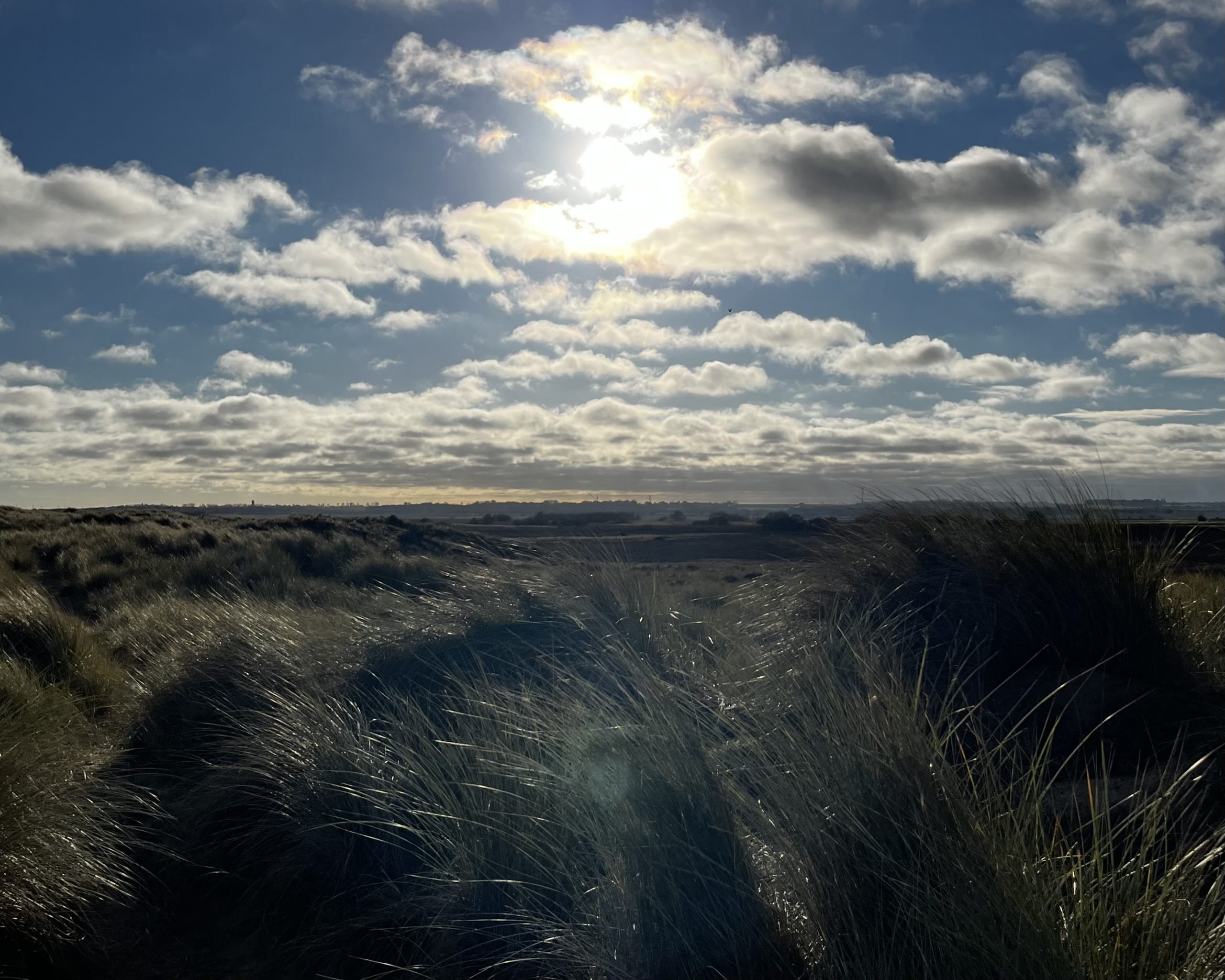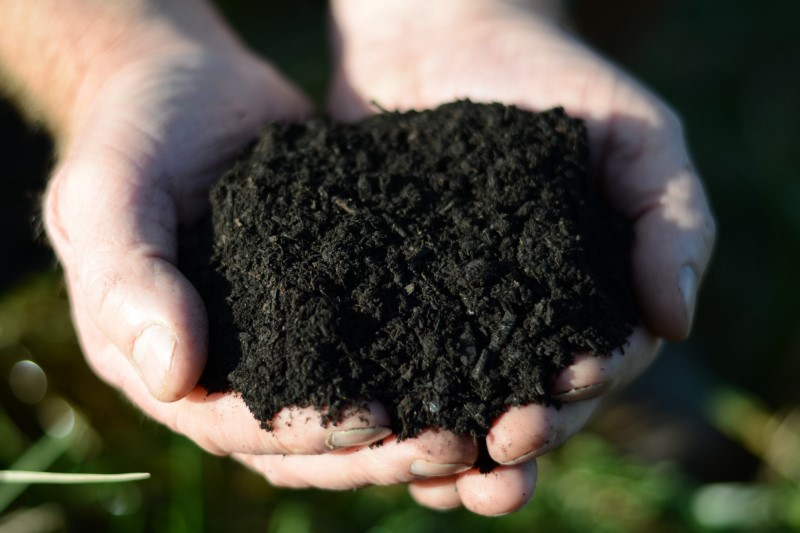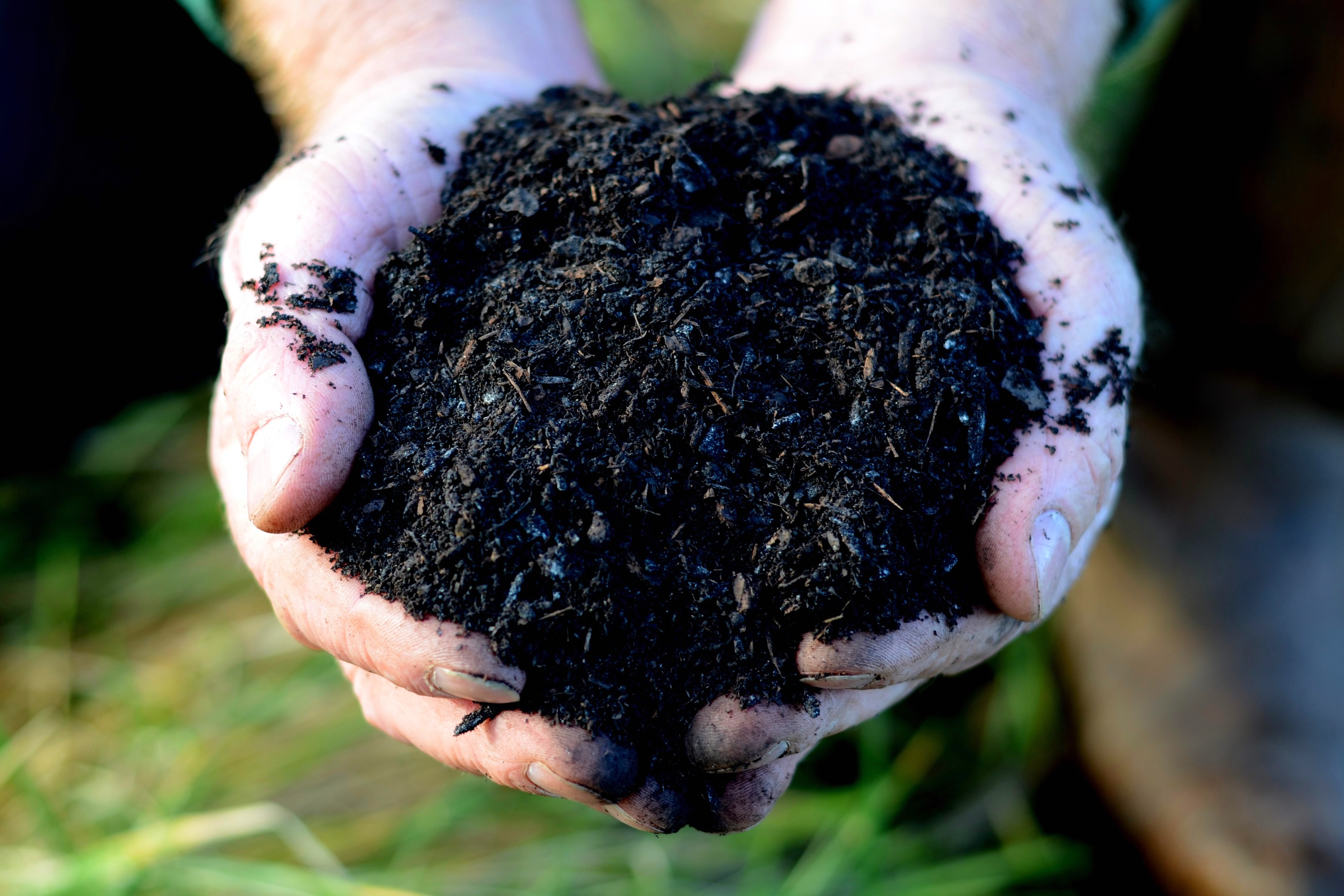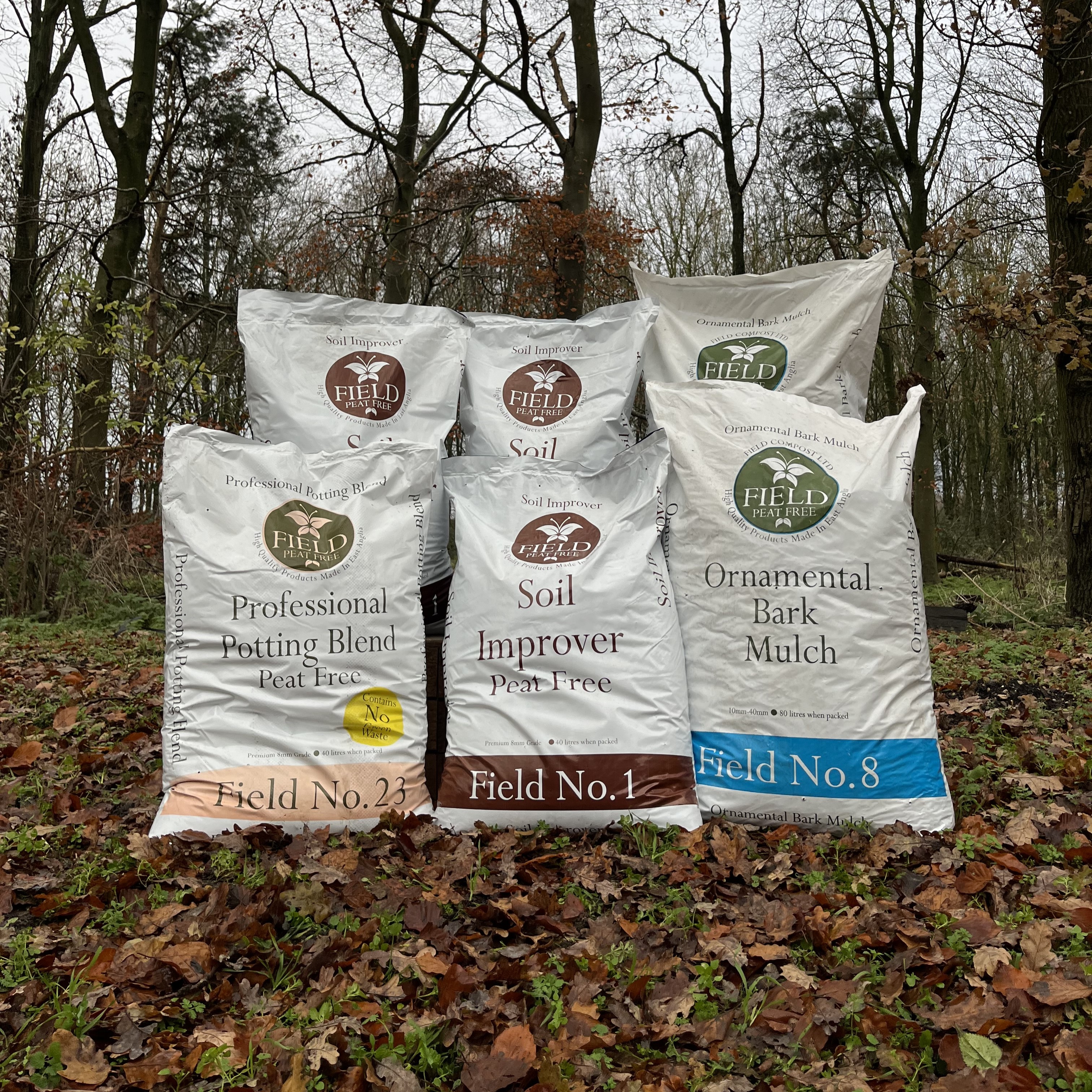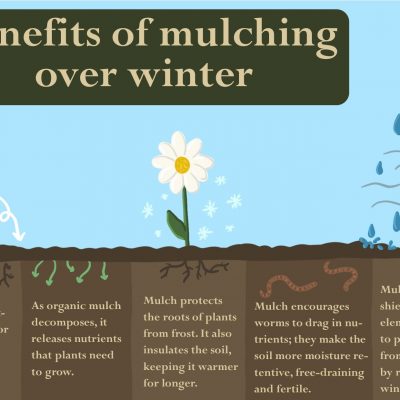Happy New Year! We hope that you have had a wonderful Christmas and time off from work!
If you are wondering what to do in your garden for the rest of January, keep reading! This list will help you prepare for spring and keep your plants thriving throughout the rest of winter.
Enjoy reading and enjoy your 2025!

General Garden Maintenance:
- Clear soggy leaves, algae and moss from paths, patios, decking, and steps if they start to become slippery.
- Clean and sharpen tools, including hoes, secateurs, and shears.
- Give your empty pots and seed trays a thorough scrubbing, ready for the start of the sowing season.
Help your wildlife:
- Top up bird baths with fresh water daily and melt ice with warm water on frosty days.
- Keep bird feeders topped up too; provide calorie-rich food to help the birds through the winter months. Examples of high-energy bird food include peanuts, sunflower hearts, and suet products.
- Recycle your Christmas tree by removing the branches and bundling them together to make wildlife habitats.
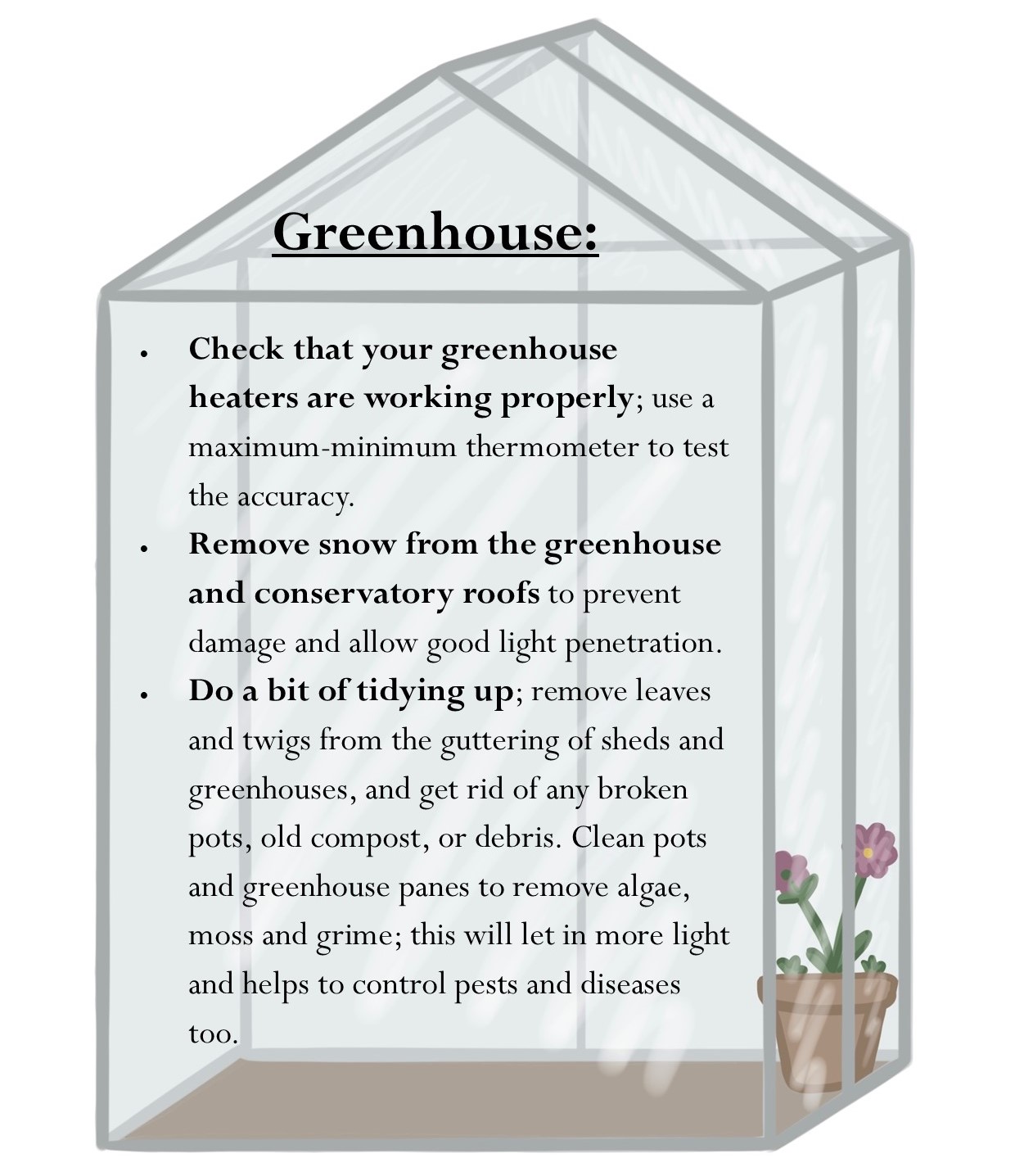
Lawns:
- Worm casts are a sign of a healthy lawn. But if you do not like them on your lawn, brush them off with a hard broom once they have dried out.
- When the weather is mild, lay turf to create a new lawn or to repair damaged areas. However, it is still too cold to sow lawn seed now, so wait until spring for this. See our Field No.26 Turfing Soil for instructions.
Flowers:
Jobs:
- Keep tubs and containers tidy; cut back and remove debris regularly.
- Bare patches can be mulched with Field No.1 Organic Soil Improver. There are lots of benefits to mulching with organic matter in winter!
- Protect tender plants with bubble wrap, hessian or fleece, or take them into a greenhouse or conservatory.
- Order catalogues for spring planting of summer flowering bulbs, bedding and herbaceous perennials.
- Using No.23 Potting Compost, pot up any sweet peas sown earlier in autumn – but take care not to disturb their roots too much.
To Plant:
The following flowers can be planted in our Field No.23 Peat Free Professional Potting Blend Compost.
- Sow seeds of Begonia, Lobelia, Salvia and Pelargonium in a heated greenhouse or propagator to provide early plants.
- Plant Lily bulbs in pots and borders during mild spells.
- Plant Geraniums, Dahlias, Coleus and Petunias.
Fruit and Veg:
Jobs:
- Plan your vegetable crop rotations for the coming season. This is to ensure you grow each type of crop in a different bed to previous years. Crop rotation is a key aspect to maintaining a healthy soil.
- Clear old crops and weeds from the veg plot. Once empty, add a thick layer of well-rotted organic matter or compost. Field No.1 Organic Soil Improver is perfect for this; just mulch early with a generous layer of Field 1 and plant through it. The winter weather will help to break down the mulch and release nutrients into the soil and help soil structure.
- Ensure netting is placed over brassicas, e.g., kale, Brussels sprouts and cabbages, to protect from pigeons.
To Plant:
Use Field No.23 Peat Free Professional Potting Blend Compost for planting the following fruit and vegetables.
- Sow winter salads in the greenhouse, conservatory, or on a sunny windowsill, for harvests within a few weeks.
- Chillies and peppers: these require a long growing season so plant them somewhere warm and bright, e.g., in a heated greenhouse or on a warm sunny windowsill.
- Aubergines.
- Basil.
- Sow seeds of lettuces, summer brassicas (e.g., cabbages and cauliflowers), spinach, salad onions and turnips for an early crop.

Trees and Shrubs:
Jobs:
- Winter is the perfect time for pruning; you can see what you are doing now that branches have no leaves. Prune deciduous trees, shrubs and hedges throughout the dormant seasons. Don’t prune evergreens and tender plants until spring, and avoid pruning prunus species, e.g., ornamental cherries, plums and almonds, as they are vulnerable to silver leaf diseases when pruned in autumn and winter.
- Protect newly planted trees, hedges and shrubs from cold winds and frosts. Use thick, dry mulches like Field No.1 Organic Soil Improver to protect the roots from cold.
- Branches can be covered with straw or bracken and secured with fleece and ties to protect them from frost damage.
- If it snows, you may need to brush it off the branches of conifers, climbers, and light-limbed shrubs and trees. This is because heavy snowfall can splay branches, break limbs and spoil the shape of the tree.
To plant:
- Plant roses using Field No.16 Tree and Shrub Soil Improver when planting in beds and borders, or Field No.23 Peat Free Professional Potting Blend Compost in pots.
- Continue to plant bare-root deciduous hedging plants and trees. Use Field No.1 Organic Soil Improver or Field No.16 Tree and shrub mixed with spoil from the planting pit.
- It is your last chance to sow seeds that need frost to germinate (e.g., native trees, shrub seeds, and alpine plants). Use Field No.23.
